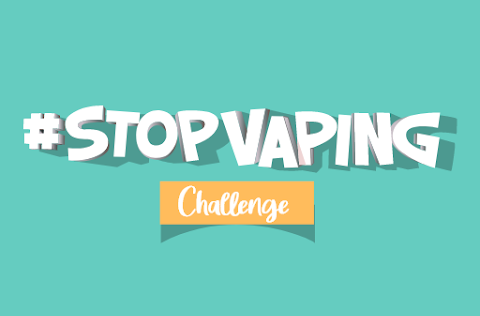Abstract
Objectives
To determine the return on investment (ROI) associated with tobacco control policies implemented between 2001 and 2016 in Canada.
Methods
Canadian expenditures on tobacco policies were collected from government sources. The economic benefits considered in our analyses (decrease in healthcare costs, productivity costs and monetised life years lost, as well as tax revenues) were based on the changes in smoking prevalence and attributable deaths derived from the SimSmoke simulation model for the period 2001–2016. The net economic benefit (monetised benefits minus expenditures) and ROI associated with these policies were determined from the government and societal perspectives. Sensitivity analyses were conducted to check the robustness of the result. Costs were expressed in 2019 Canadian dollars.
Results
The total of provincial and federal expenditures associated with the implementation of tobacco control policies in Canada from 2001 through 2016 was estimated at $2.4 billion. Total economic benefits from these policies during that time were calculated at $49.2 billion from the government perspective and at $54.2 billion from the societal perspective. The corresponding ROIs were $19.8 and $21.9 for every dollar invested. Sensitivity analyses yielded ROI values ranging from $16.3 to $28.3 for every dollar invested depending on the analyses and perspective.
Conclusions
This analysis has found that the costs to implement the Canadian tobacco policies between 2001 and 2016 were far outweighed by the monetised value associated with the benefits of these policies, making a powerful case for the investment in tobacco control policies.
Date: August 2021
Type of Publication: Journal Article


 Download directly from your phone’s app store, or through the following links:
Download directly from your phone’s app store, or through the following links: 




